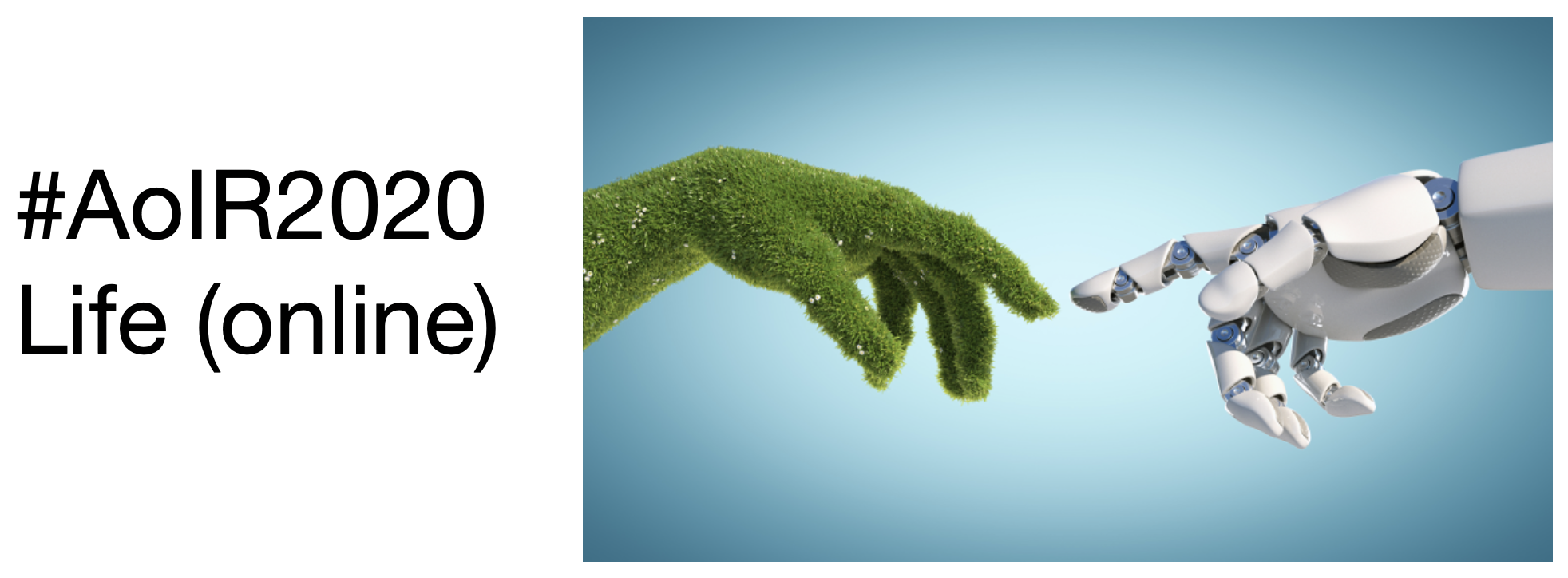MOVE, EAT, SLEEP, REPEAT: RHYTHMIC STRUGGLES IN PROACTIVE SELF-TRACKING PRACTICES
DOI:
https://doi.org/10.5210/spir.v2020i0.11171Keywords:
self-tracking, technology, digital media, rhythmanalysis, technographyAbstract
In this paper, we trace the rhythmicities of activity tracking by applying the method of technograhical collaborative autoethnography (cf. Bucher, 2012; Chang, Hernandez & Ngunjiri, 2012). The focus is on on proactive self-tracking that has become a proliferating digital media practice involving the gathering of data about the body and one’s everyday patterns of being outside the context of clinical health care. In the paper, we address the gap that still exists in research of exploring the mechanisms by and through which the human-technology attachments operate in practice. Drawing from a new materialist understanding of media technologies combined with Lefebvrian rhytmanalysis, we focus on the rhythmic aspects of self-tracking by asking how specific self-tracking devices and interfaces attract and prescribe repetition, rhythms, beats, pulses, and cycles into everyday lives. In so doing, we elaborate how human bodies and technical systems of self-tracking interact rhythmically. The analysis sheds light on the rhythms and beats that we interpret as illustrations of the ’technological unconscious’ (Thrift & French, 2002). We bring our observations in dialogue with the contemporary critical arguments pointing to the design of products that are made as addictive as possible in the race for ‘hijacking minds’ and capturing attention. Our research contributes empirically to the lack of research that has systematically examined these seductive and yet controlling properties of software, and complements the theory of rhythmanalysis with theorization on the hierarchical organisation of rhythms and related power dynamics in the digital context.

